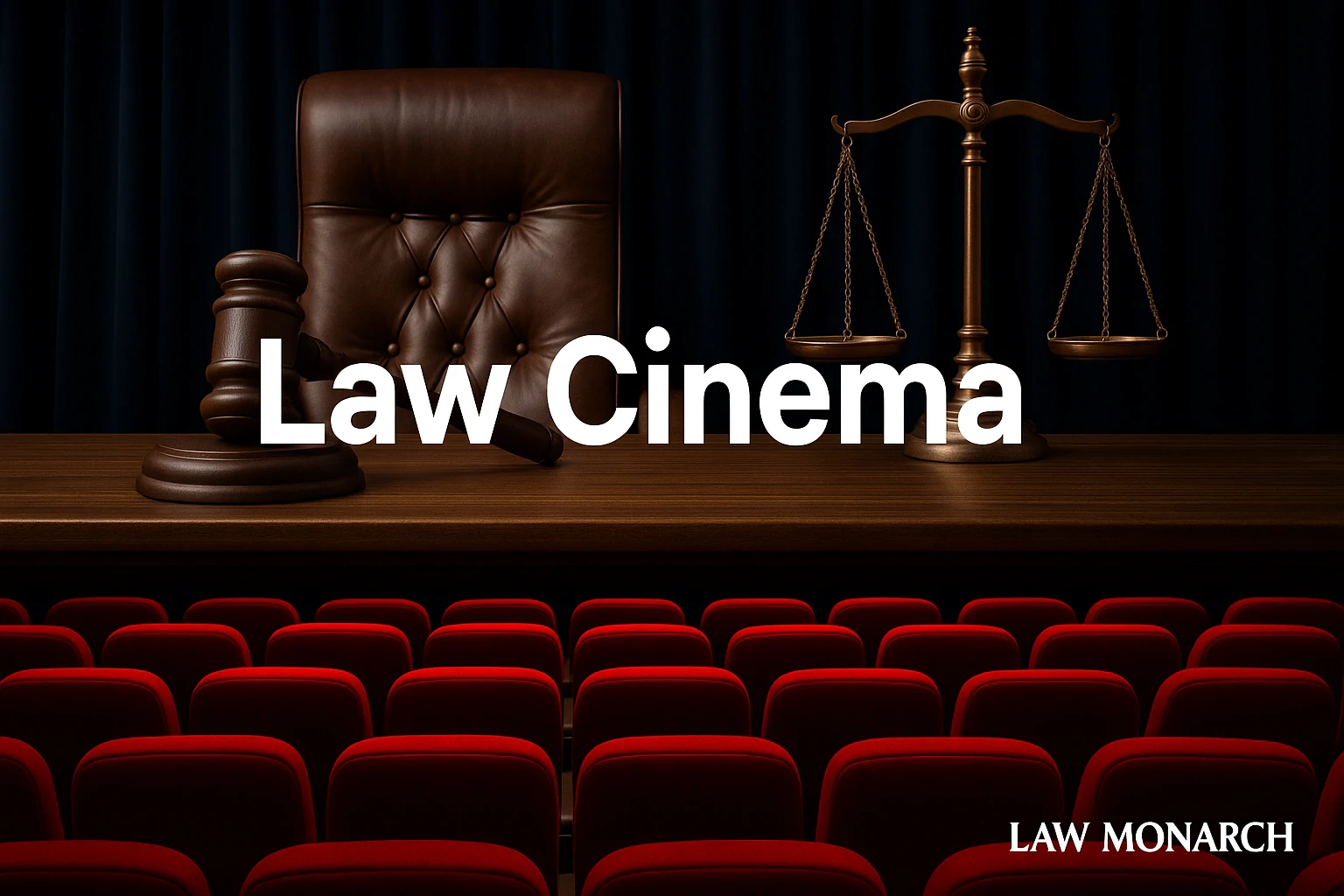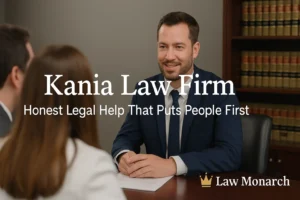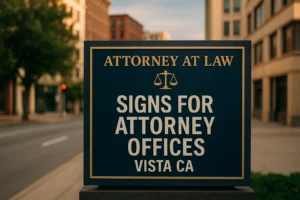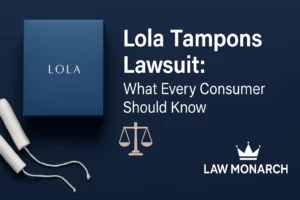Movies often paint a bold picture of justice. The lawyer speaks with passion. The jury listens closely. Truth wins in the end. The courtroom feels like a stage. But real law moves slow. It rarely looks sharp or simple.
Legal films shape how people see the justice system. Some show fairness, truth, and moral strength. Others use courtrooms as a tool for drama or revenge. Both leave a mark. Viewers start to believe what they see.
Many take courtroom scenes as fact. They think lawyers give fiery speeches. They expect fast answers and quick wins. These ideas change how people view real judges, lawyers, and courts.
This article breaks down law films. It shows what they get right, what they miss, and why it all matters. It looks at how these stories shape public trust in justice, both good and bad.
The Courtroom on Screen: More Show Than Substance
Courtrooms in movies are not like courtrooms in real life. In film, trials move fast. Lawyers pace the floor. Witnesses cry or explode with confessions. The judge hammers the gavel. Justice wins or crashes within a short time.
Real courtrooms run slow. Trials take months, sometimes years. Lawyers do more writing than talking. Witnesses often speak in short, careful answers. Most of the drama comes in paperwork, not in yelling or surprise moments.
Movies often leave out key steps. They skip motions, delays, and small hearings. They cut the boring parts and race toward the verdict. This keeps the audience interested, but it also builds a false image. It makes the law look like a performance, not a process.
Still, good legal films try to show real values. They bring up rights, justice, and moral choice. They ask who should win, and why. The courtroom becomes a place where society tests itself, not just the accused.
Classic Legal Films and Why They Matter
Some movies about the law do more than entertain. They make us think. They show the strengths and failures of the system. They help viewers feel the weight of justice.
To Kill a Mockingbird stands out as one of the most powerful legal stories ever filmed. It shows a man wrongly accused because of race. It shows a lawyer, Atticus Finch, who stands up in a town full of fear. That film gave people hope in the law but also exposed its deep flaws.
12 Angry Men does not have a big courtroom. It takes place in a jury room. Still, it reveals how one voice can change the outcome of a case. It teaches that every verdict comes from people, with all their bias and belief.
A Few Good Men adds military pressure and national honor to the courtroom. The famous line You can’t handle the truth shows how law and power can crash into each other. Even with its drama, the film asks real questions about duty and command.
Philadelphia tells the story of a man fired because of illness. It shows how fear and stigma can lead to injustice. That case went to court. It forced people to face truths about health, work, and human rights.
These films may not follow every rule. But they leave a lasting mark. They make people care about the law.
What Legal Films Often Get Right
Good law films show more than sharp suits and closing statements. They show the work behind the case. They reveal the cost of failure. They show what it means to stand up in court, to speak for someone, or to stand alone.
Many of these films highlight research and preparation. They show lawyers reading files late at night. They show the stress of deadlines and the risk of error. They do not always glamorize the job. They show how law is built case by case, not in one big win.
They also show emotion. Good legal stories focus on people. They show how a case can affect someone’s home, job, or health. They remind viewers that law is not just words. It changes lives.
Another strength of these films is awareness. Viewers may not read court opinions. They may never see a real trial. But they will watch a movie. Films open a door to legal topics like civil rights, fair trials, and abuse of power. They help turn law into something people can feel.
What Films Often Get Wrong About the Law
Despite their power, many films mislead. They create myths. They cut out the slow parts. They twist law into something quick and flashy.
One common error is speed. In movies, a lawyer finds the truth, wins the case, and wraps it all in a week. Real cases drag. Papers pile up. Witnesses go missing. The law moves like a heavy train, not a race car.
Films also love big speeches. Lawyers yell. Juries cry. Judges gasp. But in real court, that rarely happens. Most cases end with simple, quiet exchanges. The best lawyers often speak in soft, steady voices, not bold performances.
Another false idea is that all lawyers go to trial. Most do not. Many cases settle. Some never reach a courtroom. Trials cost time and money. They carry risk. Films almost always end in a verdict, but real law often ends with a signed agreement behind closed doors.
Movies also skip the team behind each case. Law firms include paralegals, assistants, and junior lawyers. Cases are built by many hands. But films focus on one star, one hero, one victory.
Lawyers on Screen: The Hero and the Villain
Film loves contrast. So lawyers become either champions or cheats. They win at all costs or break rules without care. This black-and-white image hides the gray areas of real law.
The hero lawyer works alone. They face odds, speak the truth, and beat the system. They follow their heart and protect the weak. This story inspires, but it rarely matches real legal work.
The villain lawyer takes bribes, hides facts, or spins lies. They twist the law into a weapon. This figure feeds public fear. People start to believe that law itself cannot be trusted.
Most real lawyers sit in the middle. They study hard, follow rules, and try to help. Some make mistakes. Some lose. But few match the bold roles we see on screen.
What It’s Really Like to Be a Lawyer
Law school is not full of sharp debates. It’s full of long readings, case studies, and exams. It takes years of work to earn a degree. After that, passing the bar exam is another challenge.
Even after school, new lawyers rarely take the lead. They learn from others. They handle small tasks, file motions, and build trust. Big trials come later, if ever.
The work can be hard. Lawyers deal with fear, loss, and risk. They carry the burden of someone else’s future. A mistake can cost a job, a home, or even someone’s freedom.
Films rarely show this weight. They highlight the win, not the cost.
Watching Law Films with a Sharp Eye
Law films can be powerful. But viewers should know where the story ends and the truth begins. You can enjoy the film and still ask questions.
Ask if the case follows court rules. Notice if the timeline seems too fast. Look at how lawyers talk and act. Are they working like real people, or just saying lines for the screen?
Movies offer a window into the legal world. But the view is shaped by story. A careful eye can see both the film and the facts.
Conclusion
Law films help people understand justice. They bring legal stories to the big screen. They make us feel the fight for what’s right. But they also create myths. They blur fact and fiction.
Some films help. They teach. They inspire. Others confuse. They skip the hard parts and build false hopes.
As viewers, we must look deeper. The real law is slow, careful, and often quiet. It protects rights. It checks power. It deserves respect.
Law cinema shows us how the system looks in our dreams and fears. The real court lives outside the screen, shaped not by actors, but by law and people.
Disclaimer
This article from Law Monarch is for general information only. It does not offer legal advice. Please speak with a licensed attorney for help with your specific situation.




